
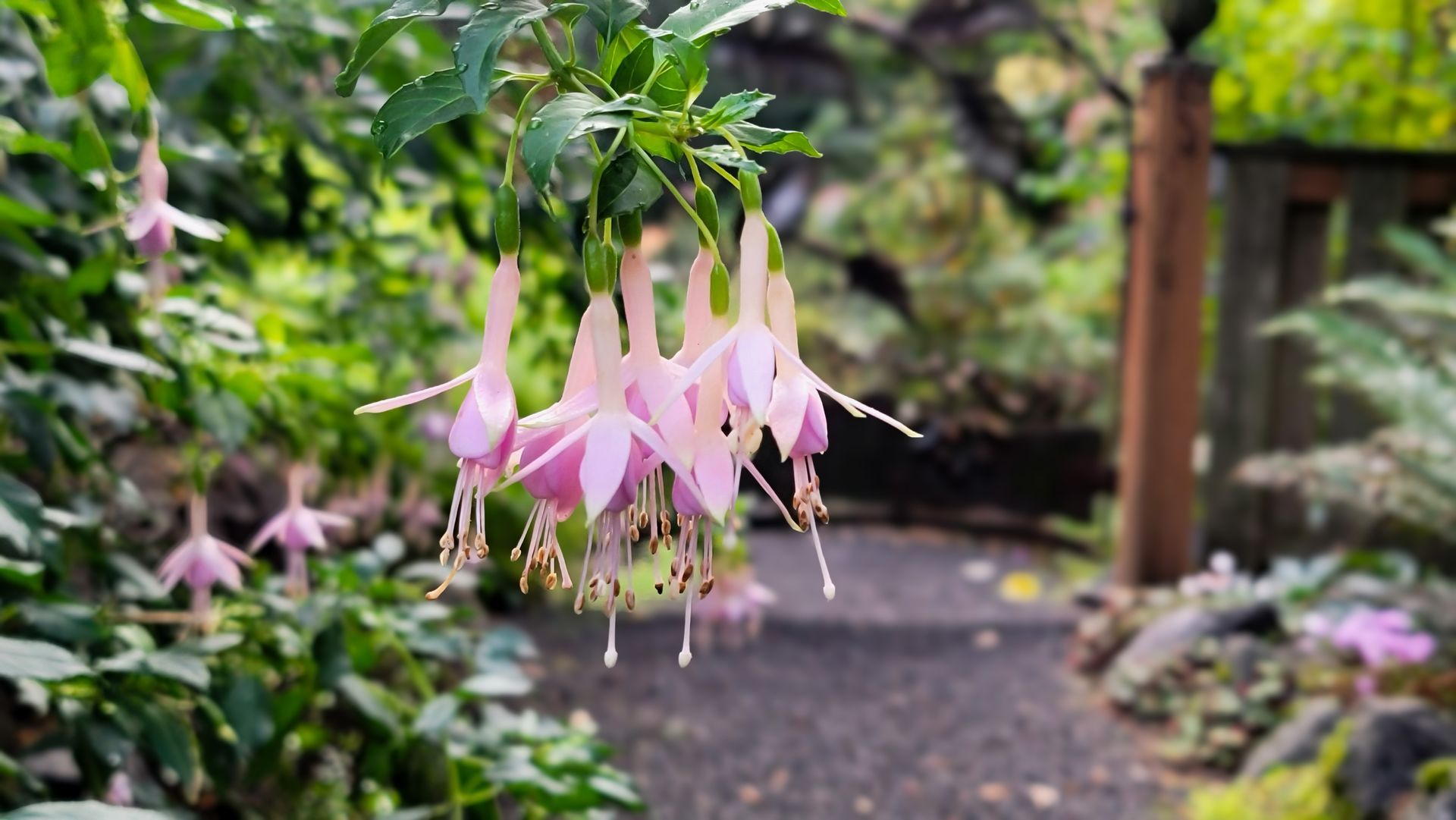

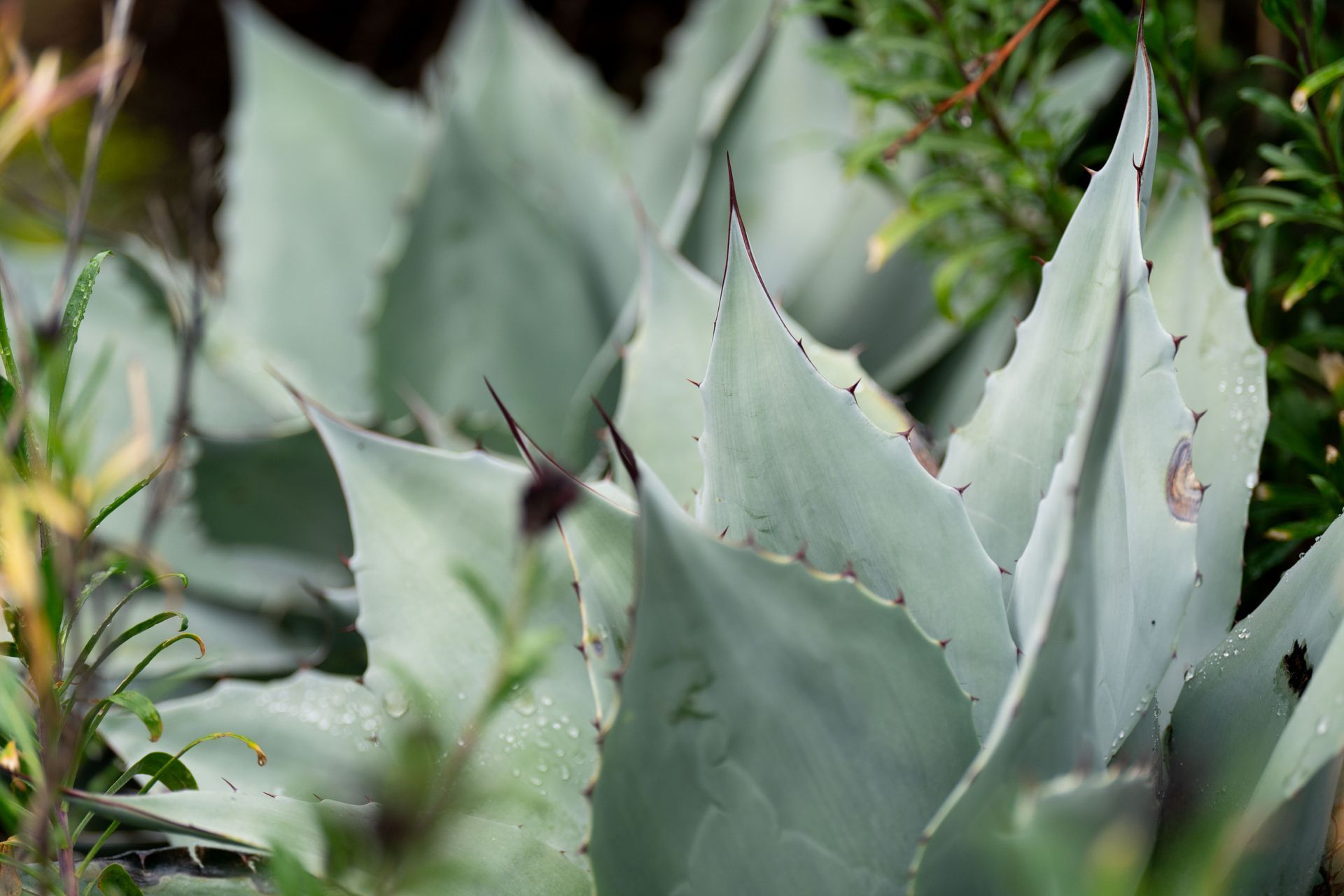
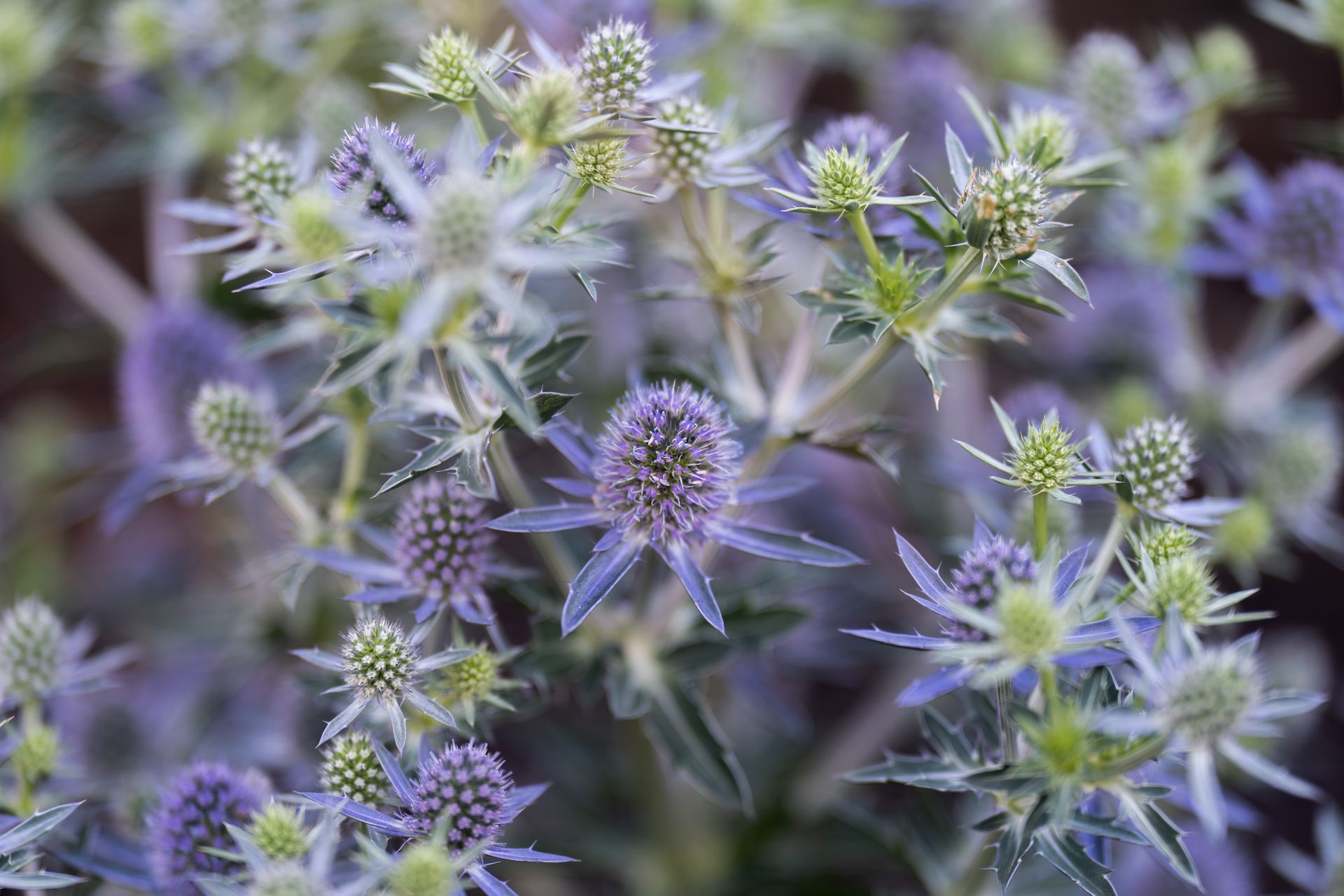
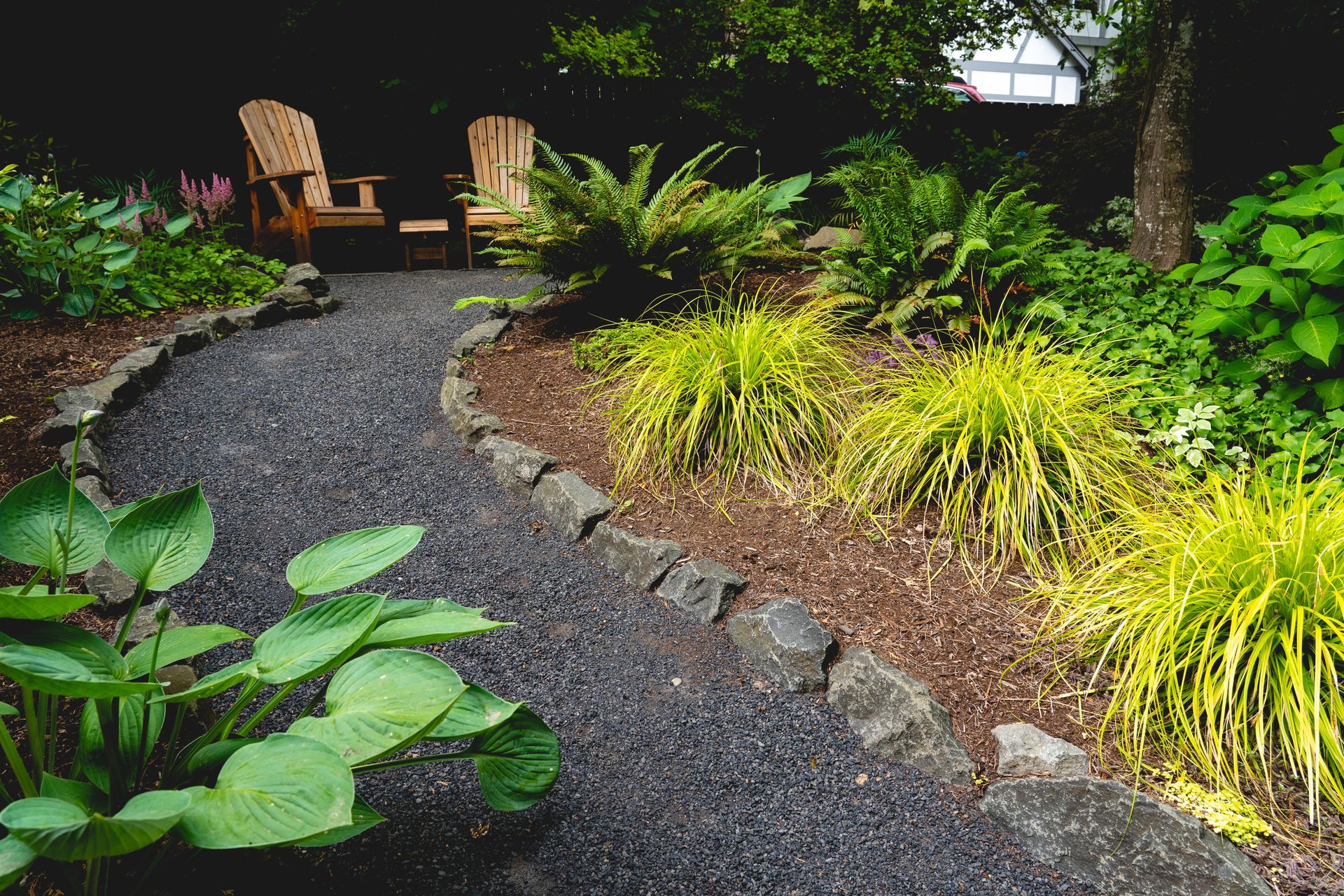
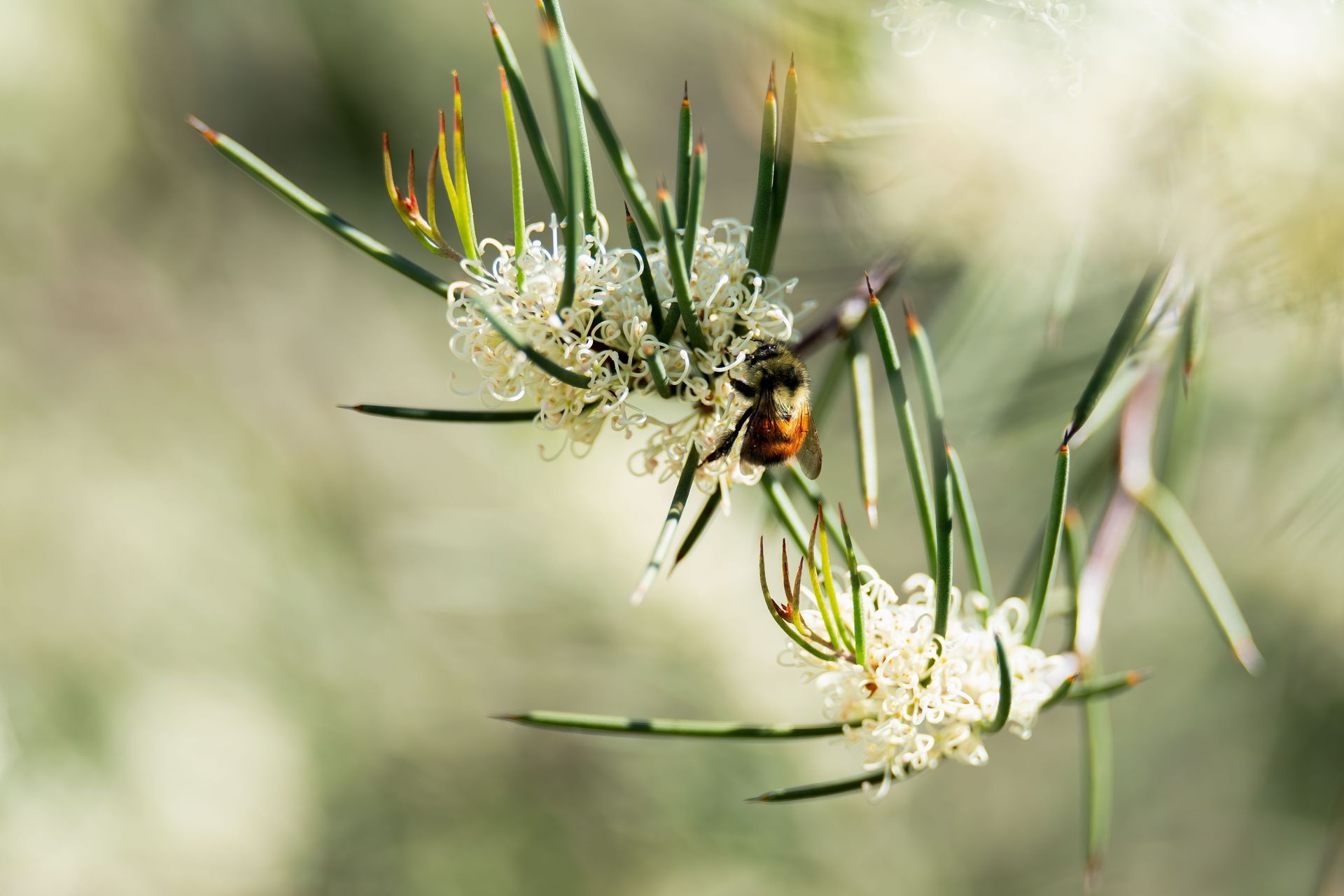



It is not uncommon for people to ask me about violets which seem to be taking over their yard.
Violets come up in planting beds and lawns in the early spring, with purplish-blue flowers and purple leaves in the sun but darker-green leaves in the shade. They can grow here in Western OR, even in gravely, dry soil where not much else will grow. They are not fragrant.
This is the European Dog Violet or technically, Viola riviniana ‘Purpurea Group’. Sometimes V. riviniana plants are sold as Viola labradorica purpurea and sometimes even Viola hederacea, but I am told that those plants are not generally sold or even found growing in the NW. Buyer beware!
V. riviniana can spread from its running fleshy roots which can plunge rather deeply, making this plant quite drought tolerant.
These plants can out compete smaller plants such as Mentha requenni and can mar the look of a stand of slightly taller plants such as Ophiopogon p. ‘nigrescens’. However bigger plants can comingle with no problems. For instance, the currently invasive common exotic ivy, Hedera helix, can easily quash this violet but then who wants a groundcover of ivy?
V. riviniana can spread easily by seed as they shoot their seeds explosively, up to 8’ away when they are brown and ripe. Therefore, once established, they can become very numerous. On top of that fact, the seeds may stay viable for up to 5 years in the ground.
Some suggested methods of removal are:
Plants from the Genus Viola th at you may want to cultivate in Western Oregon.
We have some lovely native violets here in the Pacific NW, but many are robust growing as well. Try them where they will not cover smaller plants and you will be fine. You may find different species on-line. I have grown (and particularly like) a yellow one that is local and evergreen, Viola sempervirens . It is cheery in the spring. It spreads by stolons as well as seeds.
There are plenty of other lovely exotic violets that are not invasive. These Violas include the plants which we commonly call Violas and Pansies in the nurseries. They have been bred to have large blooms and are available in many colors.
From what I have read, the most fragrant form of this plant is Viola odorata ‘Rosea’, which is a bright pink form.
Final thoughts:
Clearing a property of Viola riviniana is not a task for the faint of heart. It requires persistence and boldness and a ready willingness to dig in the rainy season, because that is when it is easiest to pull/dig out of the ground. In the dry season of summer, it can be almost impossible to extract this Viola from the concrete-like dry ground. Your Hori-Hori is your best friend if you would like to rid yourself of these invasive plants.









Oregon landscape business license: #6111